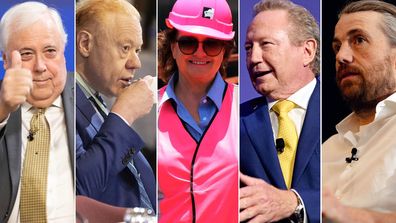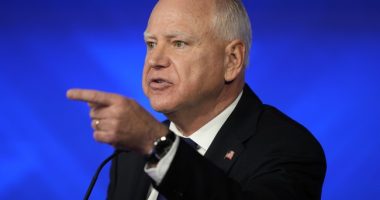Australian Bureau of Statistics (ABS) data revealed household spending on discretionary goods and services – meaning non-essential items – was 0.6 per cent lower compared to May last year.
“Driving the fall in discretionary spending over the year was 4.8 per cent less spending on furnishings and household equipment, and 3.4 per cent less on clothing and footwear,” ABS head of business indicators Robert Ewing said.

“While overall household spending rose 3.3 per cent in May compared to the same time last year, it was the lowest growth rate since July 2021.
“This comes as households respond to cost-of-living pressures.”
Overall, household spending increased by 3.3 per cent compared to May last year and was predominantly driven by spending at hotels, cafes and restaurants as well as transport.
Spending on food was also a key contributor to the rise in non-discretionary household spending – a rise of 5.8 per cent nationally – as inflation bites the grocery budget.
The May monthly inflation data showed a 7.9 per cent rise in food prices.
Read Related Also: And Just Like That, It's No Longer an Insurrection
Household spending increased in all states in the past year but Western Australia recorded the largest increase led by rises in transport and health.
The Northern Territory recorded the smallest rise in household spending in the past year.
In the July decision, Governor Philip Lowe noted how high interest rates and cost of living pressures “is leading to a substantial slowing in household spending”.
“Some households have substantial savings buffers, others are experiencing a painful squeeze on their finances,” he said.
Consumer price index – otherwise known as inflation – and household spending are two key data drivers for the RBA’s decision-making in regard to interest rates.
But bringing inflation to the target of 2 to 3 per cent is the bank’s central goal and it flagged future rate rises are possible.

Revealed: The ten richest people in Australia







